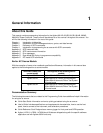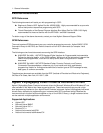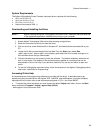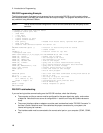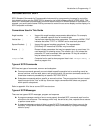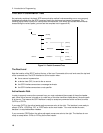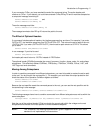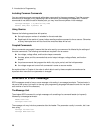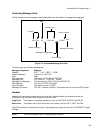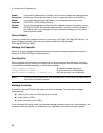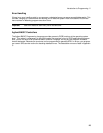
Introduction to Programming - 2
19
If you now enter :CLEar, you have reached the end of the command string. The active header path
remains at :CLEar. If you wished, you could have entered :CLEar;DELay 20 and it would be accepted as
a compound message consisting of:
OUTPut:PROTection:CLEAr and
OUTPut:PROTection:DELay 20.
The entire message would be:
OUTPut:PROTection:CLEar;DELay 20
The message terminator after DELay 20 returns the path to the root.
The Effect of Optional Headers
If a command includes optional headers, the interface assumes they are there. For example, if you enter
OUTPut OFF, the interface recognizes it as OUTPut:STATe OFF. This returns the active path to the root
(:OUTPut). But if you enter |OUTPut:STATe OFF,| then the active path remains at :STATe. This allows
you to send
OUTPut:STATe OFF;PROTection:CLEar
in one message. If you tried to send
OUTPut OFF;PROTection:CLEar
the header path would return to :OUTPut instead of :PROTection.
The optional header [SOURce] precedes the current, frequency, function, phase, pulse, list, and voltage
subsystems. This effectively makes :CURRent, :FREQuency, :FUNCtion, :PHASe, :PULse, :LIST, and
:VOLTage root-level commands.
Moving Among Subsystems
In order to combine commands from different subsystems, you need to be able to restore the active path
to the root. You do this with the root specifier (:). For example, you could clear the output protection and
check the status of the Operation Condition register as follows:
OUTPut:PROTection:CLEAr
STATus:OPERation:CONDition?
Because the root specifier resets the command parser to the root, you can use the root specifier and do
the same thing in one message:
OUTPut:PROTection:CLEAr;:STATus:OPERation:CONDition?
The following message shows how to combine commands from different subsystems as well as within the
same subsystem:
VOLTage:LEVel 70;PROTection 80;:CURRent:LEVel 3;PROTection:STATe ON
Note the use of the optional header LEVel to maintain the correct path within the voltage and current
subsystems and the use of the root specifier to move between subsytems.
NOTE: The "Enhanced Tree Walking Implementation" given in appendix A of the IEEE 488.2
standard is not implemented in the ac source.



